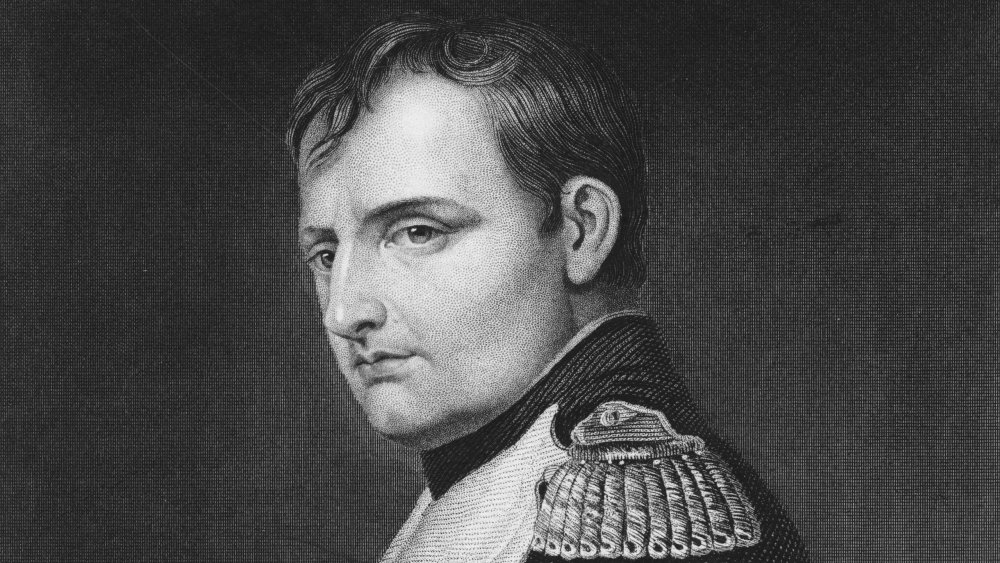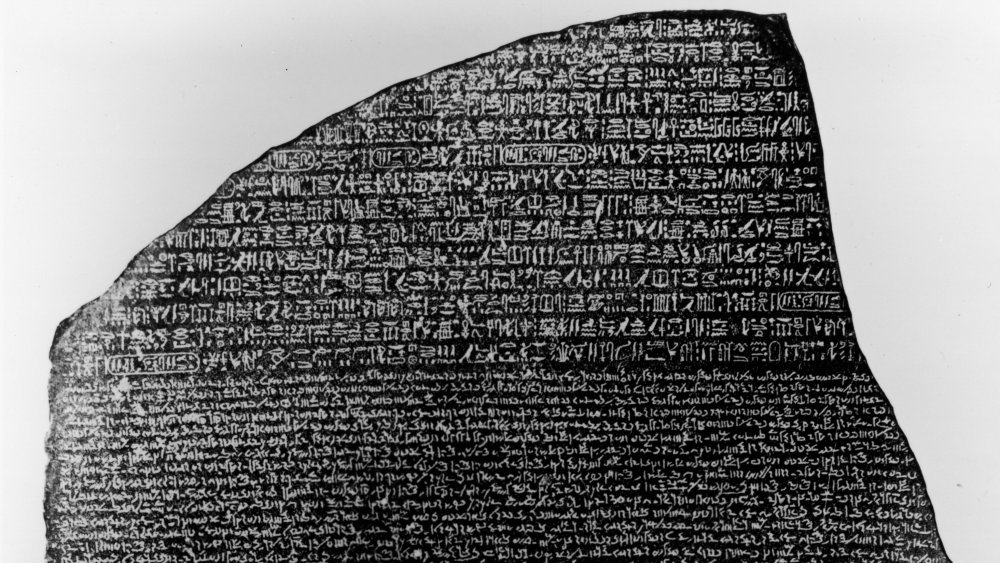The Truth About Napoleon's Major Historical Discovery
Rosetta Stone: It's not just a linguistics software company. And Napoleon isn't just the name of a cream-filled dessert pastry. But they are inextricably linked, and for good reason.
Napoleon Bonaparte started life as a career military officer and eventually crowned himself the first Emperor of France. He's a standard punchline in terms of height, or lack of it, even giving his name to a complex sometimes assigned to over-achievers who are, shall we say, vertically challenged. That was just a political canard foisted on him by his English rivals; he was actually about average height for the times.
He made a pretty good stab at conquering much of Europe and expanding the French empire, as related by Biography. He took an army to Egypt in 1798 in an attempt to destroy English trade routes to India. More than a military commander, Napoleon was also dedicated to the advancement of learning, and the expedition included 150 scholars in a number of fields, according to Mental Floss. There's some disagreement over the details of the discovery itself, says the British Museum, but the Rosetta Stone was one of the results of the Egypt campaign: it was found while digging foundations for a fort near the city of Rosetta.
The Rosetta Stone provided the key to deciphering ancient writings
The slab itself is only a part of a larger piece of stone, but more than just another carved rock, the Rosetta Stone provided a previously unknown key to deciphering ancient languages. The stone contains an inscription, but the same information is repeated in three different scripts: Demotic, the language of the Egyptian people around 180 BCE; ancient Greek, the language of the ruling class of the time; and most importantly, hieroglyphs, the written language of the priestly class.
Prior to its discovery, no one alive knew how to read and interpret hieroglyphics; they'd fallen out of use around 400 CE. Knowledge of ancient Greek, however, had been retained — and the Rosetta Stone provided the key to that translation.
As for the stone itself, History tells us it measures about 44" high, 11" deep, and 30" wide. Made of granitoid, it now resides in the British Museum. The English defeated the French at the Battle of the Nile, and as part of the Treaty of Alexandria in 1801, the Stone, plus other antiquities the French acquired, became the property of the English. The Rosetta Stone was shipped off, arriving in Portsmouth in 1802.

